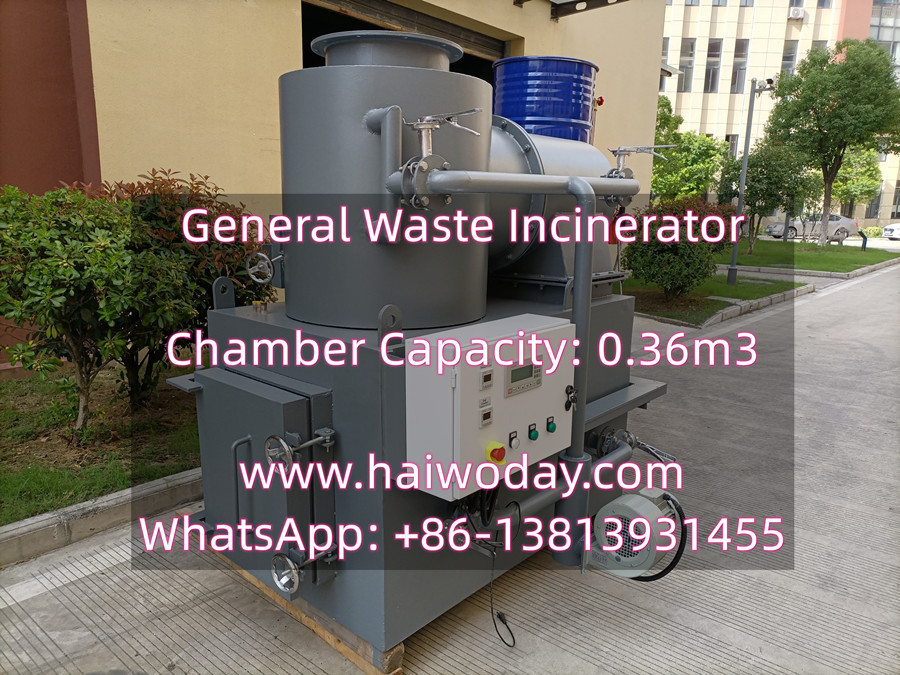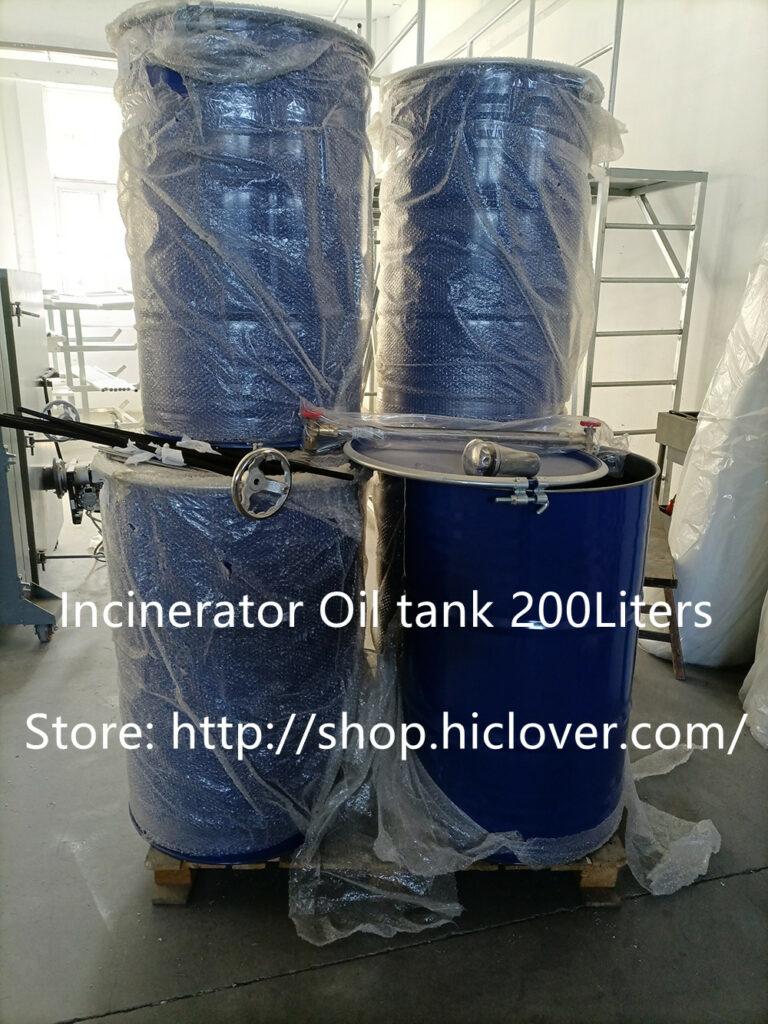Incineration cars, also known as waste-to-energy cars, are a relatively new and controversial concept in the automotive world. These cars are designed to burn waste materials, such as paper, plastics, and food waste, in order to generate power for the vehicle. While this technology holds promise for reducing waste and providing a renewable energy source, there are also several drawbacks that must be considered.
Advantages of Incineration Cars:
1. Waste Reduction: One of the main advantages of incineration cars is their ability to reduce waste. By burning trash as fuel, these cars can help to divert materials from landfills, reducing the amount of waste that ends up in the environment.
2. Renewable Energy Source: Incineration cars provide a renewable energy source. By using waste as fuel, these vehicles can help to reduce our dependence on non-renewable resources like gasoline and diesel.
3. Lower Greenhouse Gas Emissions: Incineration cars have the potential to produce lower greenhouse gas emissions than traditional gasoline-powered vehicles. By using waste materials as fuel, these cars can help to mitigate climate change and reduce air pollution.
Disadvantages of Incineration Cars:
1. Air Pollution: Burning waste materials can release harmful pollutants into the air, including carbon monoxide, nitrogen oxides, and particulate matter. This can contribute to air quality issues and pose health risks to nearby communities.
2. Toxic Emissions: Incinerating certain materials, such as plastics and chemicals, can produce toxic emissions that are harmful to human health and the environment. These emissions can include dioxins, furans, and heavy metals, which can have serious long-term effects.
3. Energy Efficient: Incineration cars may not be as energy efficient as other alternative fuel vehicles, such as electric cars or hydrogen fuel cell vehicles. This can result in higher operating costs and reduced overall performance.
In conclusion, incineration cars offer a potential solution for reducing waste and providing a renewable energy source. However, the technology also comes with its fair share of drawbacks, including air pollution, toxic emissions, and energy inefficiency. As the automotive industry continues to innovate and develop new technologies, it will be important to carefully weigh the pros and cons of incineration cars in order to determine their viability as a sustainable transportation option.



